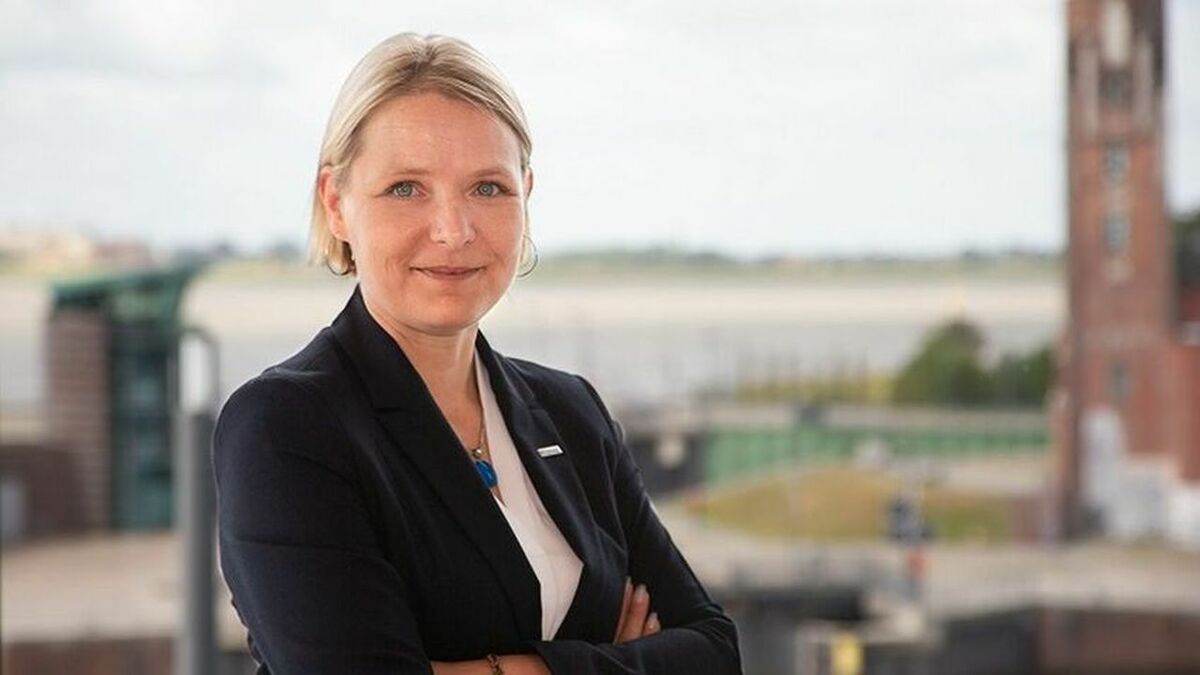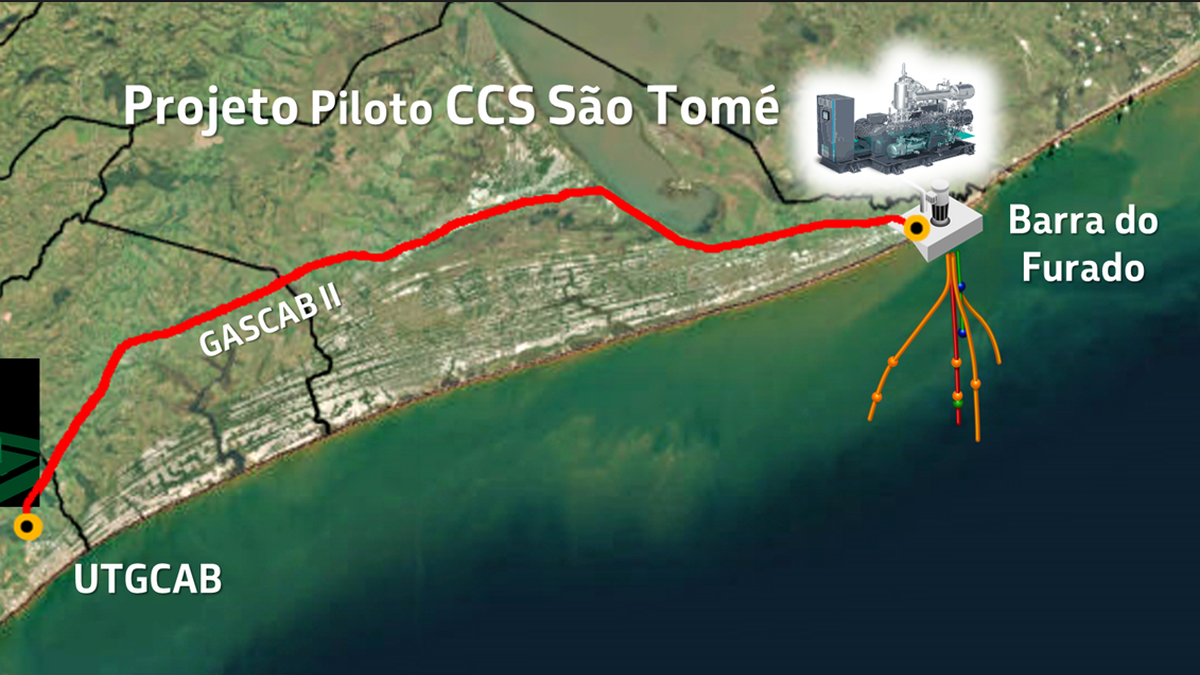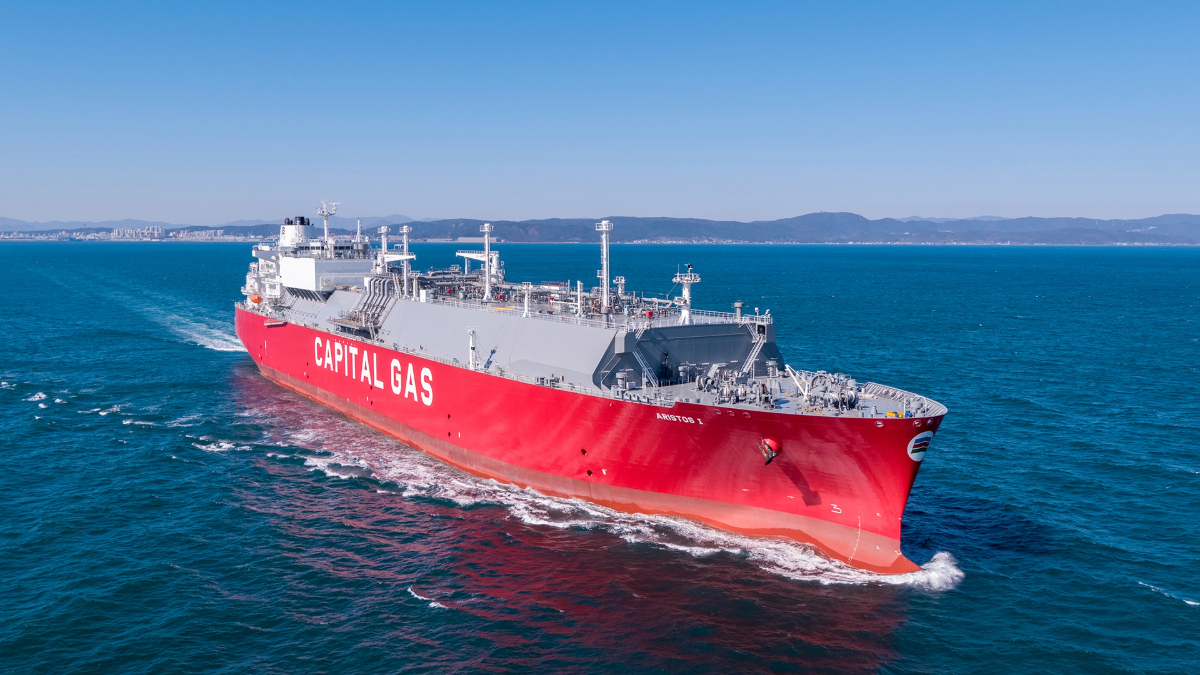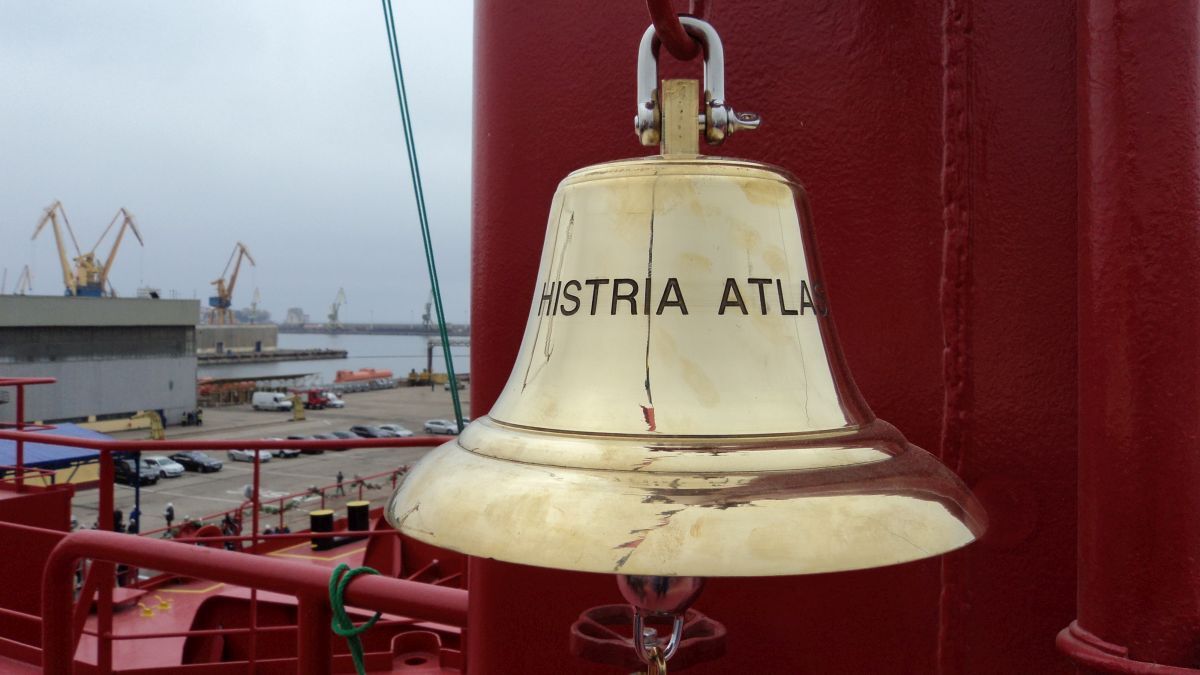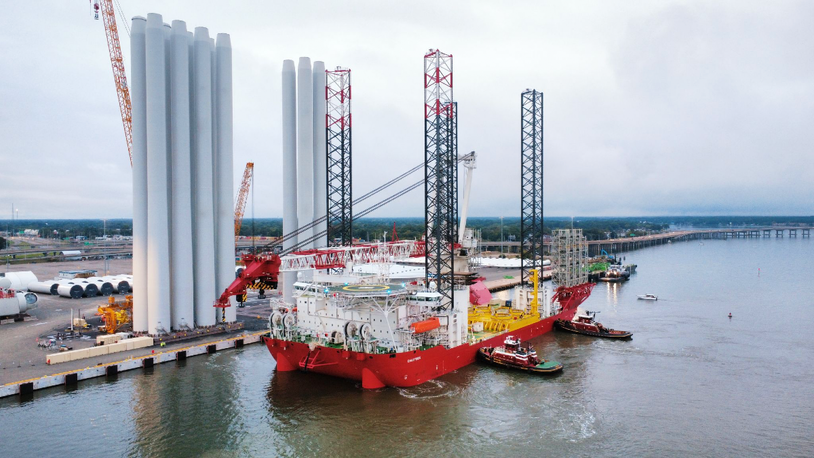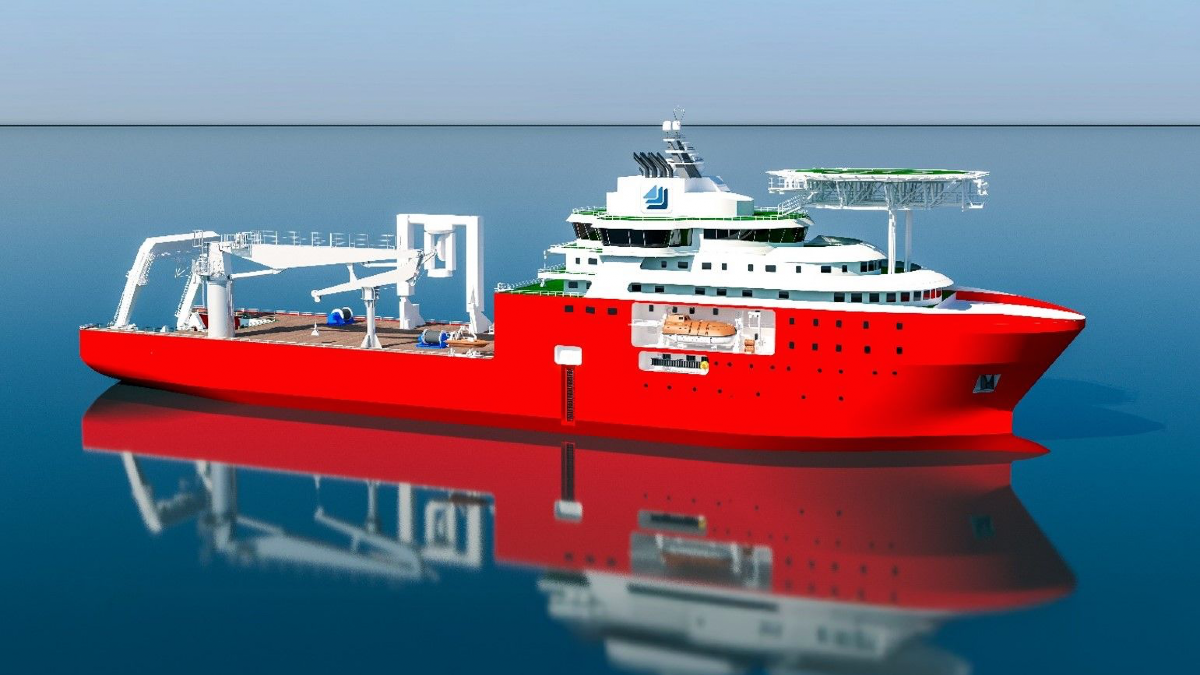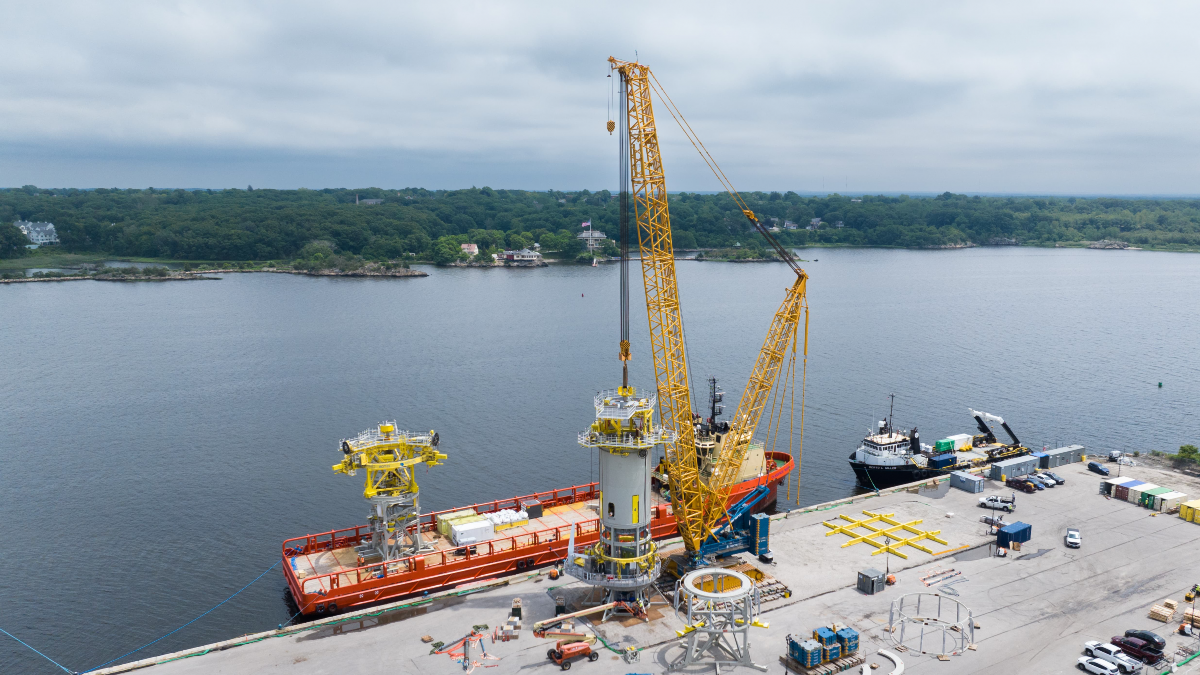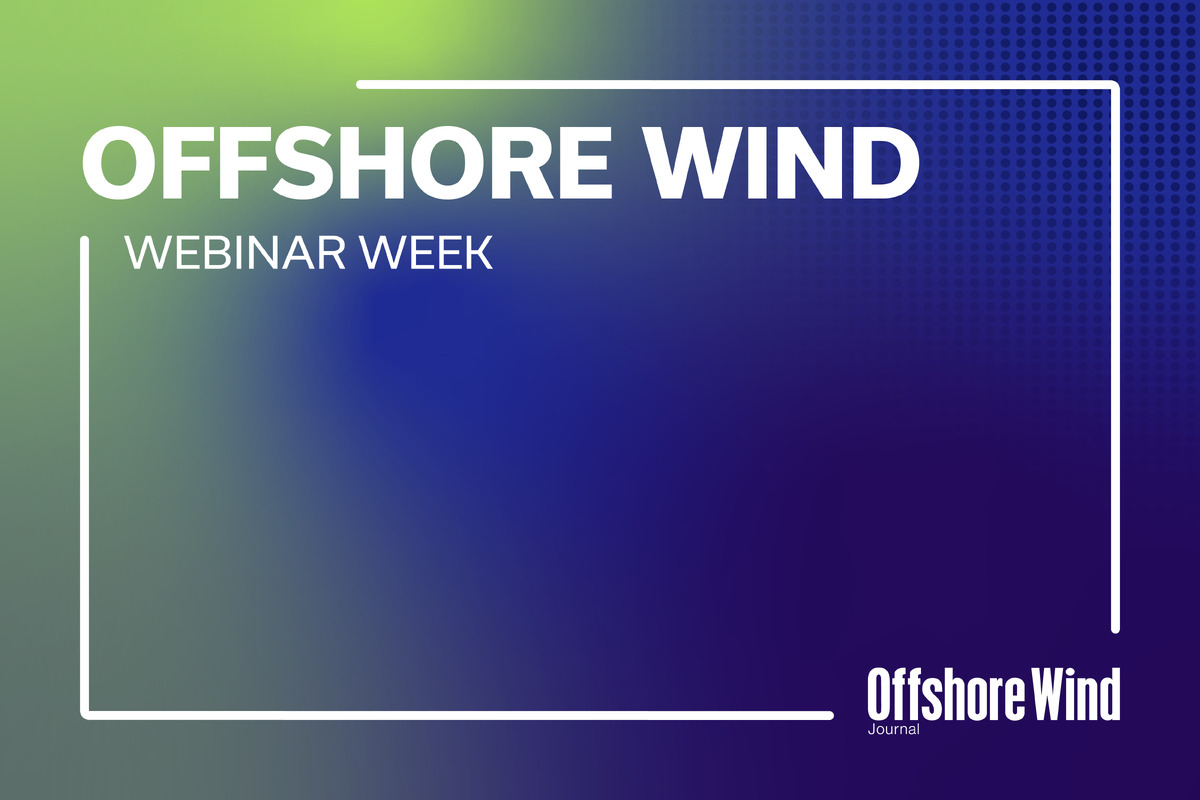Business Sectors
Contents
German energy associations call for CfDs for offshore wind
In a joint letter to political decision-makers, members of the Association of German Offshore Windfarm Operators (BWO) and Wind Energy Agency (WAB), have asked the German Government to implement a reliable, long-term investment and financing framework for offshore wind projects in the country
They would like Germany to introduce a contract for difference (CfD) scheme like that used so successfully in the UK and enter into a dialogue about the expansion of long-term targets, up until 2035.
As highlighted previously by OWJ, the German Government has been reviewing auction designs for offshore wind and industry bodies such as WindEurope have also advocated introducing CfDs.
WindEurope said Germany should change its auction scheme to two-sided CfDs to enable it to rapidly boost capacity. In a two-sided CfD, windfarms ‘pay back’ when the market price exceeds the auction price.
Government and consumers would pay much less overall than they do in the current system, if they adopted such a system, WindEurope believes.
Earlier this month, German states including Lower Saxony, Bremen, Hamburg, Mecklenburg-Western Pomerania and Schleswig-Holstein agreed with the federal government and the country’s transmission system operators 50Hertz, Amprion and TenneT to expand offshore wind capacity to 20 GW by 2030. While welcoming the new, higher target, the industry associations believe longer-term targets are urgently required.
In their letter, sent to the Federal Ministry of Economics and Energy, the BWO and WAB said, “Only if the 20-GW by 2030 target is finally anchored in law will we have a realistic chance of achieving climate targets.”
BWO managing director Stefan Thimm said, “Our members and the authorities urgently need planning and financing security.
“Electricity from offshore wind energy is now more cost-effective than almost any other technology. The introduction of CfDs will make it possible to reduce electricity generation costs by another 30% compared to power purchase agreements.
“Stable investment conditions based on CfDs would not only strengthen domestic small and medium-sized businesses but relieve the burden on the consumer and strengthen the competitiveness of electricity prices.”
WAB managing director Heike Winkler said the focus of planning horizons now needs to be directed beyond 2030 and wants to see a domestic market developed for green hydrogen from offshore wind.
“For electricity production costs to continue to fall, long-term planning and a supply chain are needed in order to create jobs and enable cost-effective expansion of offshore wind,” she said.
“Maintaining and expanding our supply chain is the national economic interest and the interests of large industry players and small and medium-sized businesses in Germany.”
The BWO and Wab would like the German Government to expedite tenders for offshore wind to maximise the speed of the recovery in the sector following the Covid-19 pandemic. In the medium term, they say, 2 GW of additional capacity per year is a realistic goal.
Ms Winkler said inaction by the government had led to a ‘gap’ in work at companies in the supply chain and jobs have been lost as a result.
“We need targets for the period after 2030, in line with the Bremen Declaration,” she said, emphasising the need for clear targets for offshore wind and for green hydrogen producing using offshore wind.
Ms Winkler said 35 GW of capacity by 2035 is technically feasible and economically viable.
Riviera will host a week of free to attend 45-minute webinars focused on offshore wind commencing 8 June. Register your interest now
Related to this Story
Events
Offshore Wind Webinar Week
Maritime Decarbonisation, Europe: Conference, Awards & Exhibition 2025
Offshore Support Journal Conference, Americas 2025
© 2024 Riviera Maritime Media Ltd.


